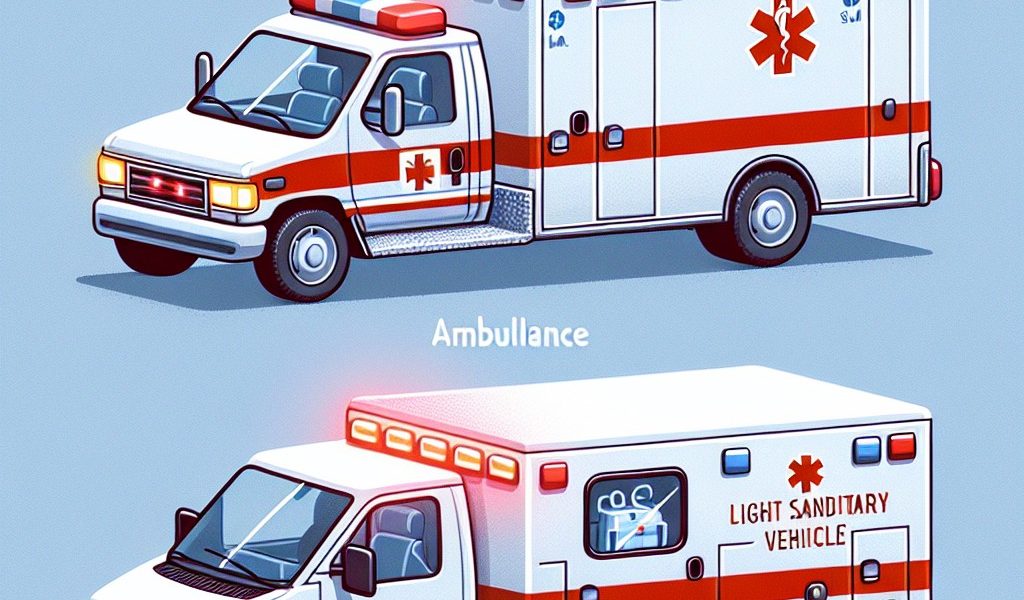VSL Ambulance vs Light Medical Vehicles: Unpacking the Differences in Emergency Medical Transportation
Introduction to our medical transport company
Our medical transport company specializes in the field of medical transport, offering a wide range of services adapted to the specific needs of patients. We provide both medical flights (plane, helicopter) and long-distance land transport. Among our services, we provide classic and paramedical ambulances as well as light medical vehicles (VSL), to best meet the requirements of each situation.
VSL: a medical taxi for patients who can travel seated
The Light Sanitary Vehicle (VSL) is a type of medical taxi intended for the transport of patients who can travel seated without requiring care during the journey. This mode of transport is generally used for medical consultations, examinations or even non-urgent hospitalizations. The VSL offers optimal comfort and has specific equipment to ensure patient safety throughout the journey.
Contrast with the classic, paramedicalized ambulance
Conversely, the classic or paramedical ambulance is designed to transport patients whose condition requires constant monitoring and/or care by qualified nursing staff during the journey. These vehicles are equipped with medical equipment adapted to the most critical situations, such as stretchers, oxygen therapy devices and even defibrillators. Ambulances are generally used for medical emergencies, transfers between health establishments or even medical evacuation if necessary.
Distinction between the VSL and the approved taxi
It is important to distinguish the VSL from the approved taxi. The approved taxi is a non-medical vehicle which can be used to transport patients who do not require specific care during their trip. This type of transport is mainly intended for people who have difficulty getting around on their own due to reduced mobility, a disability or a chronic illness.
Respective uses and requirements
To benefit from VSL transport, the medical prescription must explicitly mention the need to use this type of vehicle. The doctor must specify whether the patient must travel lying down (ambulance) or seated (VSL). In addition, the journey must be justified by a medical reason such as a consultation with a specialist, planned hospitalization or regular treatment (dialysis, radiotherapy, etc.).
In the case of an approved taxi, it can be prescribed by a treating doctor in certain very specific situations: appointment with a specialist following a long-term illness (ALD), treatment linked to a work accident or a occupational illness, or for patients with a disability greater than 50%. It is important to note that the approved taxi must be approved by Health Insurance to cover transport costs.
Our “bed to bed” transfer service
To complete our offer, we also offer a “bed to bed” transfer service which guarantees complete and personalized patient care. Our qualified medical team ensures the transport of the patient from their home to their final destination, whether it is a hospital, clinic or other medical establishment. This service includes coordination between the different stakeholders (doctors, nurses, etc.), the preparation and installation of the patient in the appropriate vehicle (ambulance or VSL) as well as their support throughout the journey.
A guarantee of quality and safety
This type of service is particularly appreciated by patients and their families because it guarantees an optimal level of comfort and safety during medical travel. By using our services, you can be sure that your loved ones will be taken care of by competent professionals who are attentive to their specific needs.
Conclusion
Thus, understanding the difference between VSL ambulance allows patients and prescribing doctors to opt for the most suitable mode of transport for each situation. Our medical transport company is here to support you in these choices and offer you tailor-made solutions, based on your needs and those of your loved ones.

